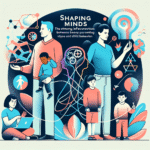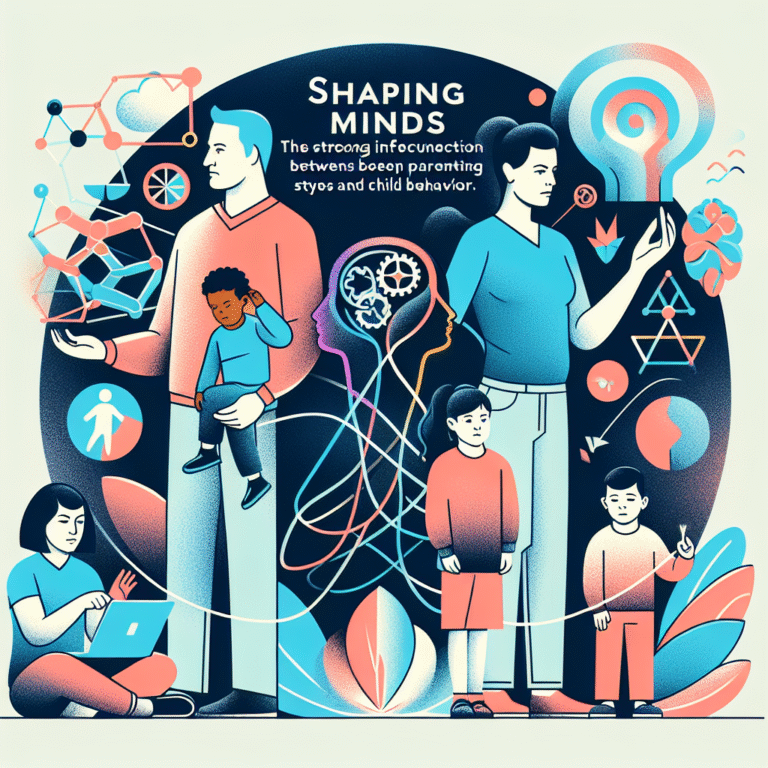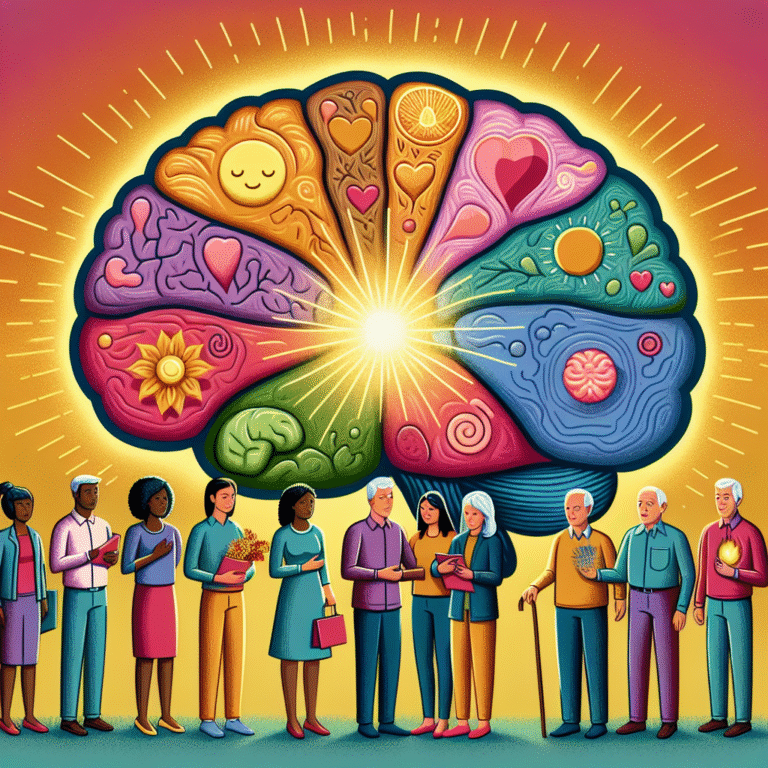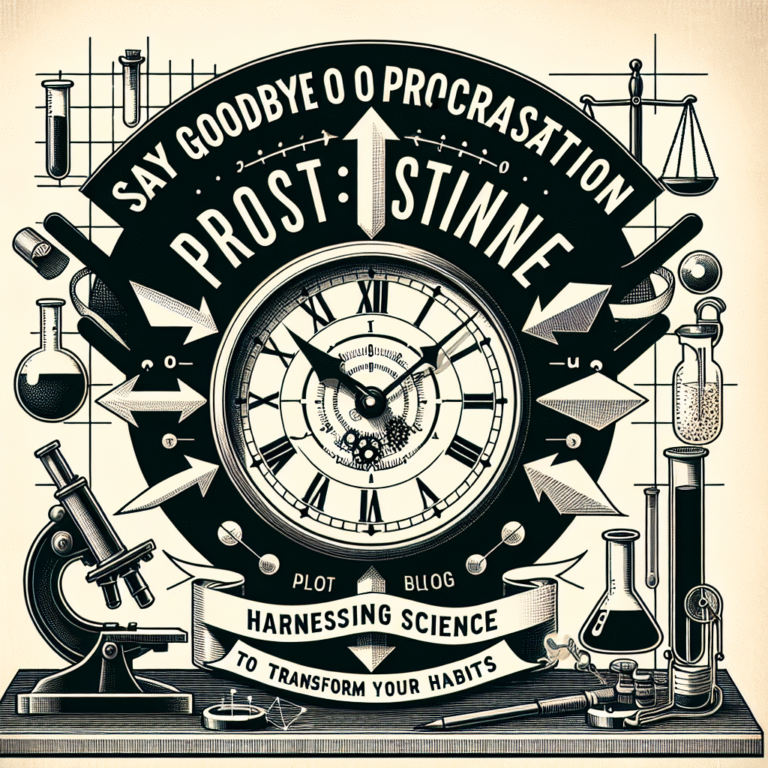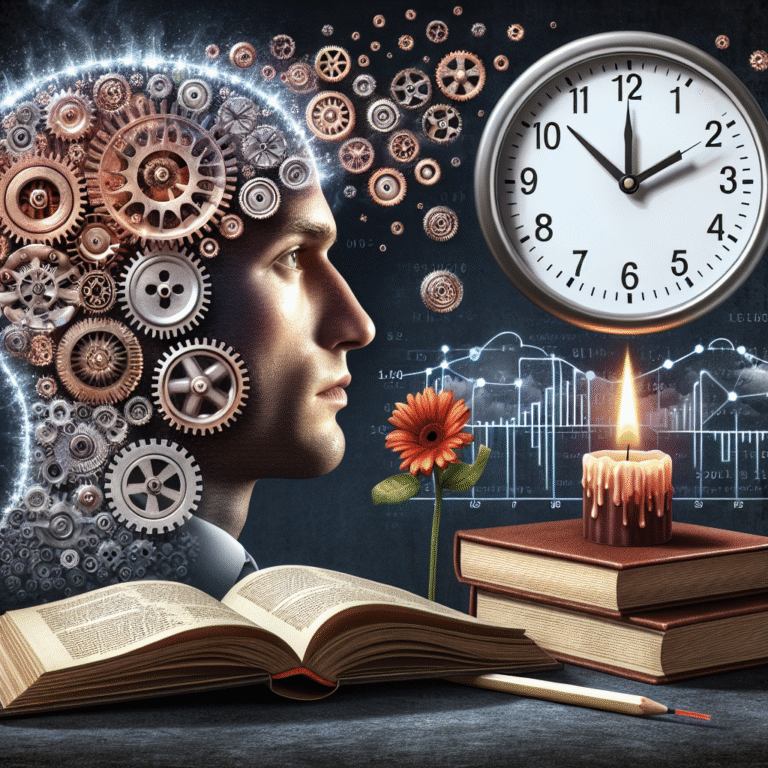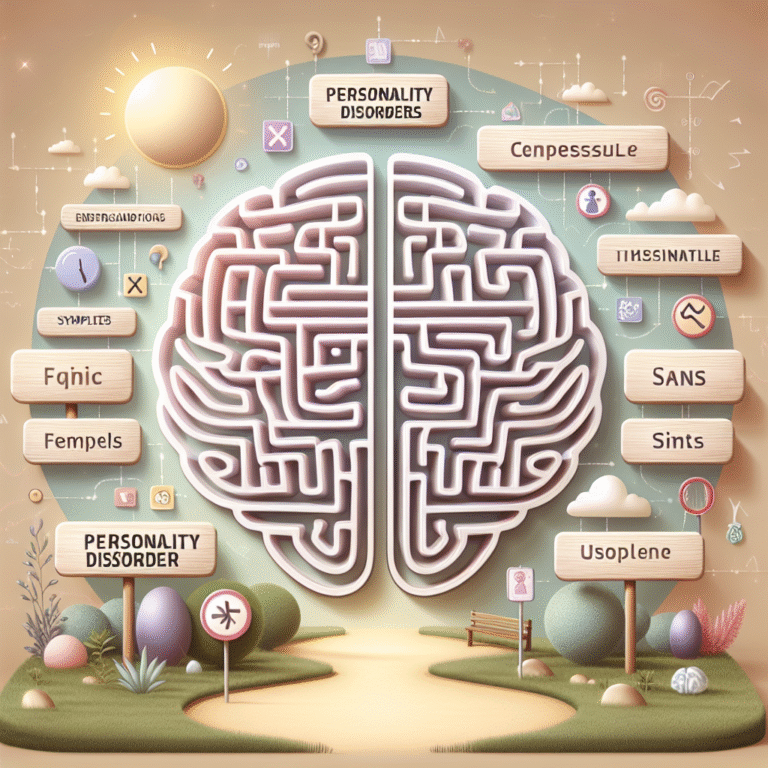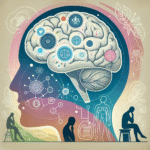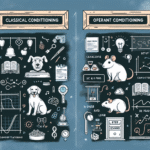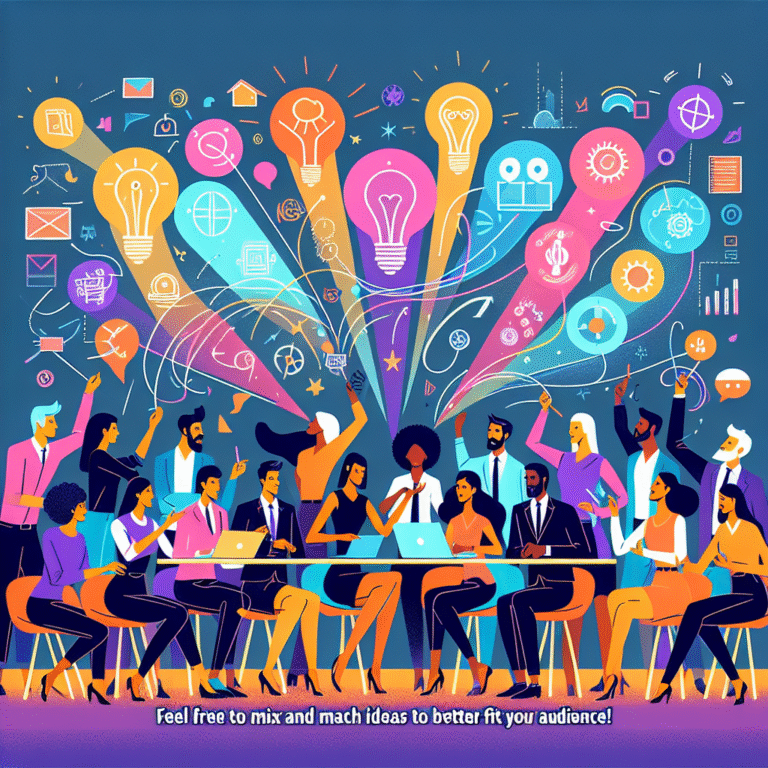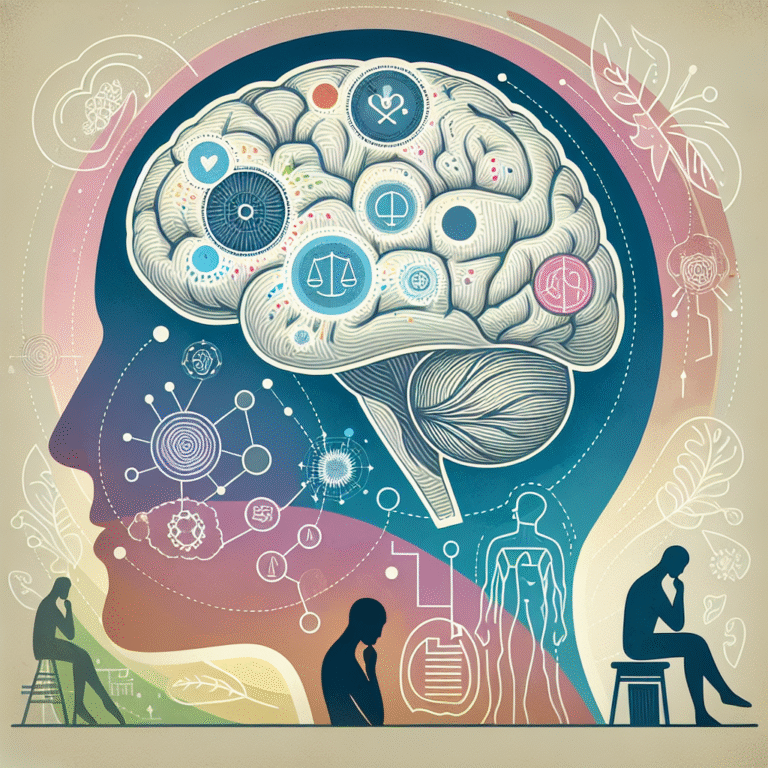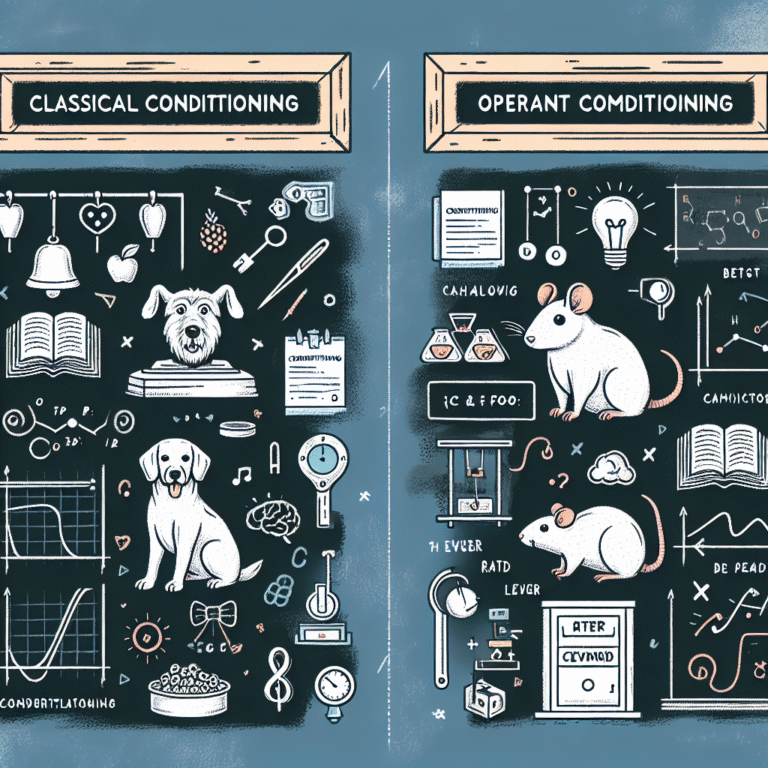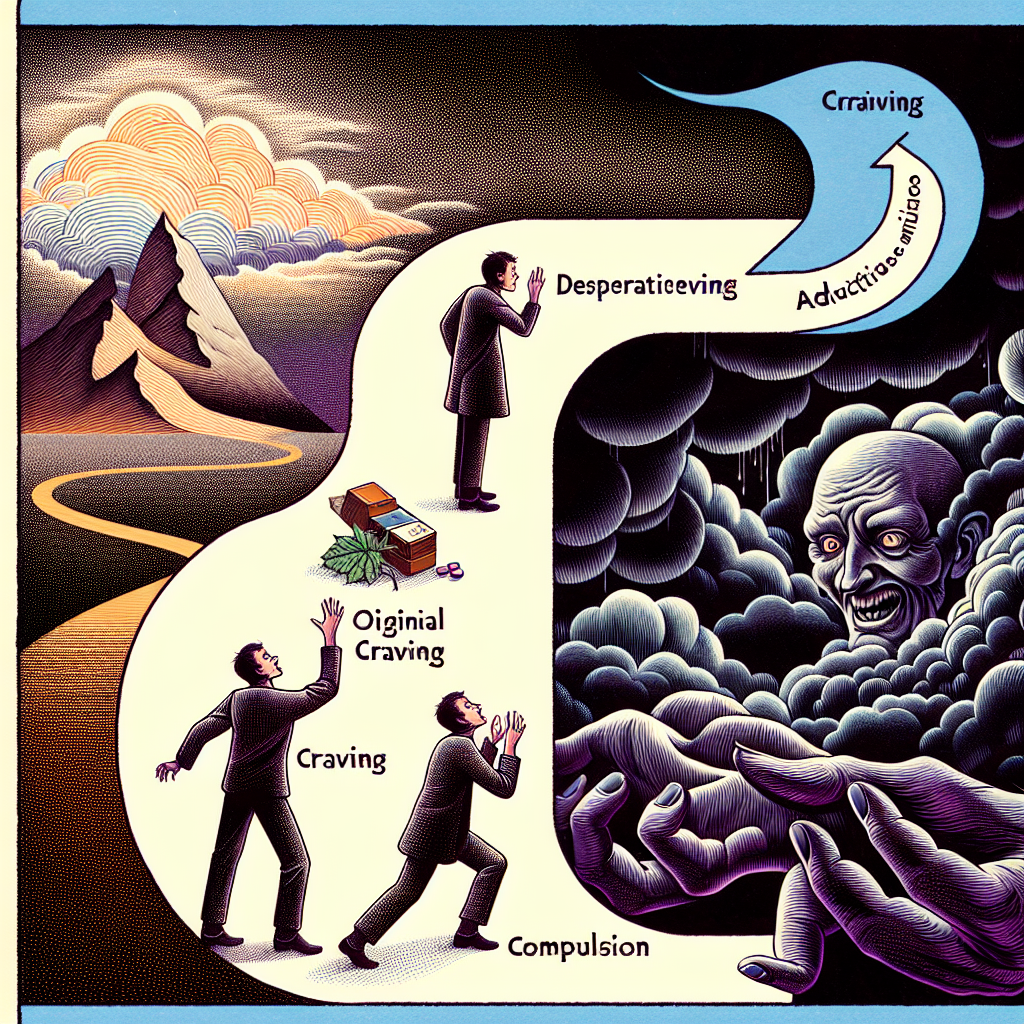
From Craving to Compulsion: The Ultimate Psychological Journey of Addiction
Addiction is often portrayed as a dark valley from which it is difficult, if not impossible, to escape. However, the path is not merely one of despair; it holds a deeper narrative of human experience, resilience, and transformation. From craving to compulsion: the psychological journey of addiction is a topic that resonates with many, affecting individuals and their loved ones significantly. In understanding this journey, we can discover the potential for healing and hope.
Introduction: The Inescapable Cycle
The hooks of addiction can be devastating, but they’re often rooted in much more than mere willpower. Whether it’s substance use, gambling, or compulsive behavior, the psychological transition from craving to compulsion is a fascinating interplay of biology, psychology, and social factors. At the heart of this journey lies a complex landscape of human emotion and cognition that deserves our attention.
The relevance of understanding addiction has never been more crucial. As society grapples with the rising numbers of individuals affected by various forms of addiction, including substance misuse and behavioral health concerns, we need to dig deeper into the mechanisms that drive individuals from craving to compulsion. Join me as we unveil the layers of this psychological journey.
The Roots of Craving
Understanding Craving: A Psychological Perspective
Before delving into the journey from craving to compulsion, we must first understand the concept of craving itself. Craving can be characterized as an intense desire for a specific substance or behavior, often triggered by various stimuli—emotional, social, or environmental.
Table 1: Triggers of Craving
| Type of Trigger | Description |
|---|---|
| Emotional | Stress, anxiety, depression |
| Environmental | Places, people, and situations associated with use |
| Social | Peer pressure, social norms |
| Biological | Neurochemical responses, genetic predisposition |
Case Study: The Power of Environmental Triggers
Consider the story of Sarah, a 28-year-old woman who struggled with alcohol dependence. Sarah found that her cravings surged whenever she was at a bar with friends. In her case, the environmental trigger was powerful enough to override her cognitive decisions.
Analysis: Sarah’s story illustrates that craving isn’t merely a matter of desire; it’s an intricate process influenced by external and internal factors. Understanding these triggers is essential for anyone on their journey from craving to compulsion.
From Craving to Compulsion: The Transition
The Cognitive Shift
While craving is the initial signal of desire, the transition to compulsion involves a cognitive shift where the desire transforms into an uncontrollable need. This shift can be better understood through the lens of neurobiology.
Neurotransmitters, such as dopamine and serotonin, play critical roles in this transition. When a person indulges in the behavior tied to their cravings, a release of dopamine reinforces the behavior. Over time, this reinforcement can lead to compulsive actions as the brain begins to associate pleasure with the activity.
Chart 1: Neurotransmitter Activity During Craving and Compulsion
| Neurotransmitter | During Craving | During Compulsion |
|---|---|---|
| Dopamine | Moderate | High |
| Serotonin | Low | Low |
| Cortisol | Rising | Elevated |
Case Study: Addiction in Action
Let’s look at John, a 35-year-old man who became addicted to gambling. Initially, his gambling was occasional, providing excitement and a rush. However, as he started winning big, dopamine spikes made him crave the thrill. Soon, he found himself gambling away his savings, unable to control the urge despite mounting personal consequences.
Analysis: John’s journey from craving to compulsion emphasizes the dangers of reinforcement and how pleasurable experiences can quickly spiral into uncontrollable urges. Awareness of this transition is crucial in addressing addictive behaviors.
Compulsion: The Psychological Entrepreneurship
Compulsion Defined
Compulsion can be viewed as a ‘perceived need’ to engage in a particular activity. This compulsion doesn’t merely fulfill the craving; it overrides rational thought and often leads to destructive behavior. Here lies the crux of addiction—an incredible contradiction where the desire for pleasure results in suffering.
The Role of Environment and Social Circle
The environment you find yourself in can greatly influence your compulsive behaviors. The people you spend time with, the places you visit, and even societal norms can either reinforce or diminish your capacity to resist compulsion.
Case Study: Peer Influence
Take the case of Emily, a college student who began using recreational drugs. Initially introduced to them by friends, her cravings became more potent, and soon she was using drugs daily to cope with academic stress. The peer pressure provided an environment conducive to the growth of her compulsive behavior.
Analysis: Emily’s case embodies how crucial social circles can be in both nurturing and combating addictive behaviors.
The Psychological Mechanisms of Addiction
Genetics and Epigenetics
Addiction has a strong genetic component, where specific genetic markers can make individuals more susceptible to developing compulsive behaviors. However, it isn’t solely about genetics; epigenetic factors—how the environment can influence gene expression—also play a role.
Table 2: Genetic Factors in Addiction
| Gene | Association with Addiction |
|---|---|
| DRD2 (Dopamine receptor) | Lower levels linked to greater addiction risk |
| COMT (Metabolism of dopamine) | Variants increase susceptibility |
Stress and Coping Mechanisms
Stress is another critical factor that exacerbates the journey from craving to compulsion. Individuals often turn to addictive behaviors as a maladaptive coping strategy.
Case Study: Stress and Addiction
Mike, a 40-year-old executive, faced significant workplace stress. Initially, he used exercise as an outlet. However, under severe pressure, he turned to alcohol, which provided temporary relief. Over time, his cravings for escapism morphed into compulsive drinking.
Analysis: Mike’s experience highlights how stress can reroute coping mechanisms. Understanding this can help individuals develop healthier strategies to combat stress without resorting to compulsive behaviors.
Breaking the Cycle: Pathways to Recovery
Awareness and Acceptance
One of the most potent tools in breaking the cycle of addiction is awareness. The journey from craving to compulsion can only be addressed when individuals confront their behaviors openly and without judgment.
Therapeutic Approaches
Various therapeutic frameworks can significantly aid individuals on their journey:
-
Cognitive Behavioral Therapy (CBT): This approach helps individuals identify and modify their thought patterns, breaking the cycle from craving to compulsion.
- Mindfulness: Incorporating mindfulness techniques can enable an individual to observe their cravings without acting on them.
Table 3: Therapeutic Approaches to Addiction
| Therapy Type | Brief Description |
|---|---|
| CBT | Focuses on changing unhelpful thought patterns |
| Mindfulness | Promotes awareness of thoughts and cravings |
| Group Therapy | Offers peer support and shared experiences |
| Medication | Helps to manage withdrawal symptoms and cravings |
Case Study: The Success of Recovery Programs
Liam, a 30-year-old participant in a community recovery program, exemplifies successful navigation of addiction. Initially grappling with substance use, Liam engaged in CBT and mindfulness practices. Over time, he transformed his cravings into awareness, leading to healthier coping strategies.
Analysis: Liam’s story demonstrates how recovery programs can empower individuals, providing them essential tools to journey from craving to compulsion and eventually toward recovery.
Conclusion: A Journey Worth Taking
The psychological journey from craving to compulsion is complex, colored by numerous personal, social, and biological factors. Understanding these facets not only helps those struggling with addiction but provides enlightenment for friends, family, and the community at large.
If you or someone you care about is facing addiction, remember that awareness, support, and professional guidance can pave the way to recovery. In navigating this intricate landscape, we can see it not only as a journey of loss but also one of potential healing and personal growth.
FAQs
1. What are the key signs of addiction?
Key signs often include losing interest in other activities, neglecting responsibilities, and persistent cravings for a substance or behavior.
2. Can addiction be successfully treated?
Yes, many treatment modalities, including therapy and support groups, can help individuals reclaim control over their lives.
3. How does mental health relate to addiction?
Mental health issues often coexist with addiction, and addressing both is crucial for successful recovery.
4. What role does family play in addiction?
Family support is vital; understanding and compassion can make the journey towards recovery smoother for individuals struggling with addiction.
5. Are there medications that can help with addiction?
Yes, several medications can help manage withdrawal symptoms and cravings, as appropriate for the specific substance or behavior involved.
In sum, the journey from craving to compulsion is not the end; it can be the beginning of a new chapter, filled with potential and hope. Let’s embrace the journey together, for there is always light at the end of the tunnel.
